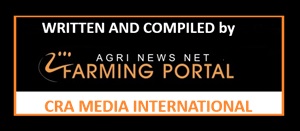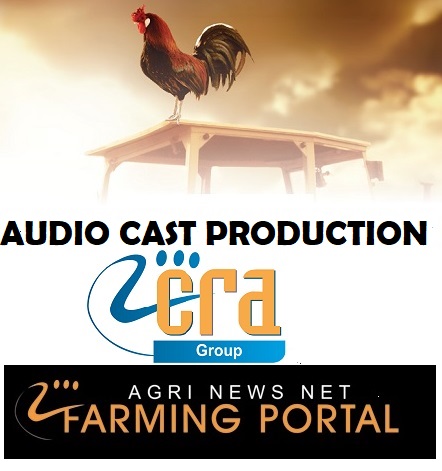World Farming Agriculture Commodity news - Weekly Updated - Exclusive and very popular - Delivering a Media service 365 days of the year
Canola: China imposed 100% tariffs on Canadian canola oil and meal, significantly impacting the market already strained by US-Canada tariff disputes. This led to a sharp drop in prices and raised questions about future marketing strategies amid global soybean supply pressures and weather conditions.
Beef: Rains in late March and early April have positively impacted cattle markets, with restocker cattle prices lifting 10% to 16% in April as producers were able to hold onto their cattle. We still expect prices to remain relatively steady around current levels given large numbers and good demand.
Sheepmeat: Finished lamb prices lifted in April. While shorter weeks due to public holidays make it harder to compare, higher prices and lower yardings might be the indication that lamb supplies are starting to contract. If this is the case, prices may rise further as buyers compete for more limited supplies.
Wool: Wool prices have found good support since last September, however both the Eastern Market Indicator and the Western Market Indicator declined month-on-month. This largely appears to be a result of the Australian dollar pushing higher.
Cotton: ICE #2 Cotton futures traded with heavy volatility in April, with US trade policy the primary driver. Meanwhile, funds reduced their short-position slightly, but the position still remains sizeable.
Farm inputs: Urea, phosphate, and potash prices rose across the board on a month-on-month basis. For urea, India's recent tender pushed prices higher. Meanwhile, for phosphate prices, higher production costs and rising global demand continue to keep prices trading above historical averages.
Dairy: Global dairy commodity prices remained mostly steady through April. Fundamentals of the market are largely balanced, with limited milk supply growth combatting a fragile demand recovery.
Consumer foods: Interest rate and FX: Consumer confidence among Australian households has slipped in recent weeks. This downturn sentiment is unsurprising given global economic uncertainty and softer equity markets.
Oil and freight: Oil prices hit a four-year low in April due to increased supply from OPEC+ and expectations of lower global growth driven by US tariffs. Freight rates have fallen as attempts by US importers to front-run the imposition of tariffs subside.

-
Honduras: The Rural Competitiveness Project supports 6,287 small-scale producers (33% women, 15% youth, 11% indigenous) with climate-conscious, nutrition-smart agri-food chains, creating 6,678 jobs. The Corredor Seco Project aids 12,202 vulnerable families with nutrition-smart farming and education, achieving dietary diversity for 70% of young children and mothers.
-
Eastern/Southern Africa: The $2.75 billion Food Systems Resilience Program enhances food crisis response, resilient agriculture, and market access.
-
Malawi: A $95 million IDA credit boosts agricultural commercialization and crisis response.
-
Madagascar: A $200 million grant improves water supply, landscapes, and food system resilience in the drought-prone south.
-
Burundi: A $60 million project enhances food security and infrastructure for refugees and host communities.
-
Sahel: The $175 million Irrigation Initiative benefits 130,000 farmers with irrigation projects across six countries.
-
Central African Republic: A $50 million project provides seeds, tools, and training to 329,000 farmers.
-
Guinea Bissau: A $15 million project supports 72,000 farmers with seeds, fertilizers, and vaccines, plus cash transfers for 8,000 households.
-
Africa (AICCRA): A $60 million project delivers climate-smart tools to 3 million farmers, increasing yields (e.g., 0.9 ton/ha higher in Mali).
-
West Africa: The $766 million Food Systems Resilience Program enhances digital services, adaptation, and market integration, with $345 million planned for additional countries.
-
Yemen: A $150 million grant addresses food insecurity and resilience.
-
Tajikistan: A $50 million grant mitigates food insecurity and boosts agricultural resilience.
-
Jordan: A $125 million project enhances agricultural climate resilience and food security.
-
Bolivia: A $300 million project promotes food security and climate-smart practices.
-
Chad, Ghana, Sierra Leone: A $315 million loan strengthens food system resilience.
-
Egypt: A $500 million project ensures bread access and nutritional improvements.
-
Tunisia: A $130 million loan finances wheat and barley imports and supports farmers.




















